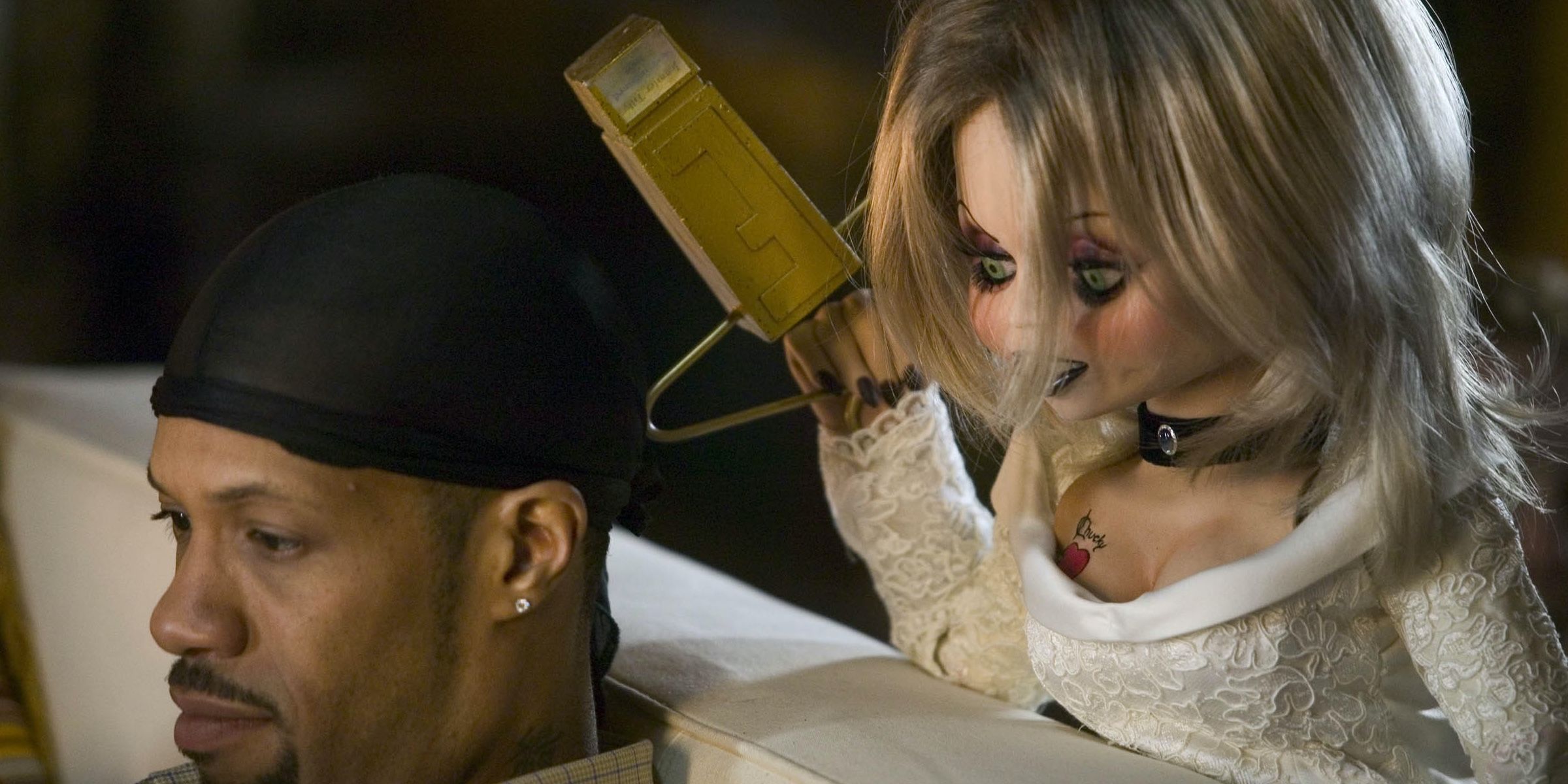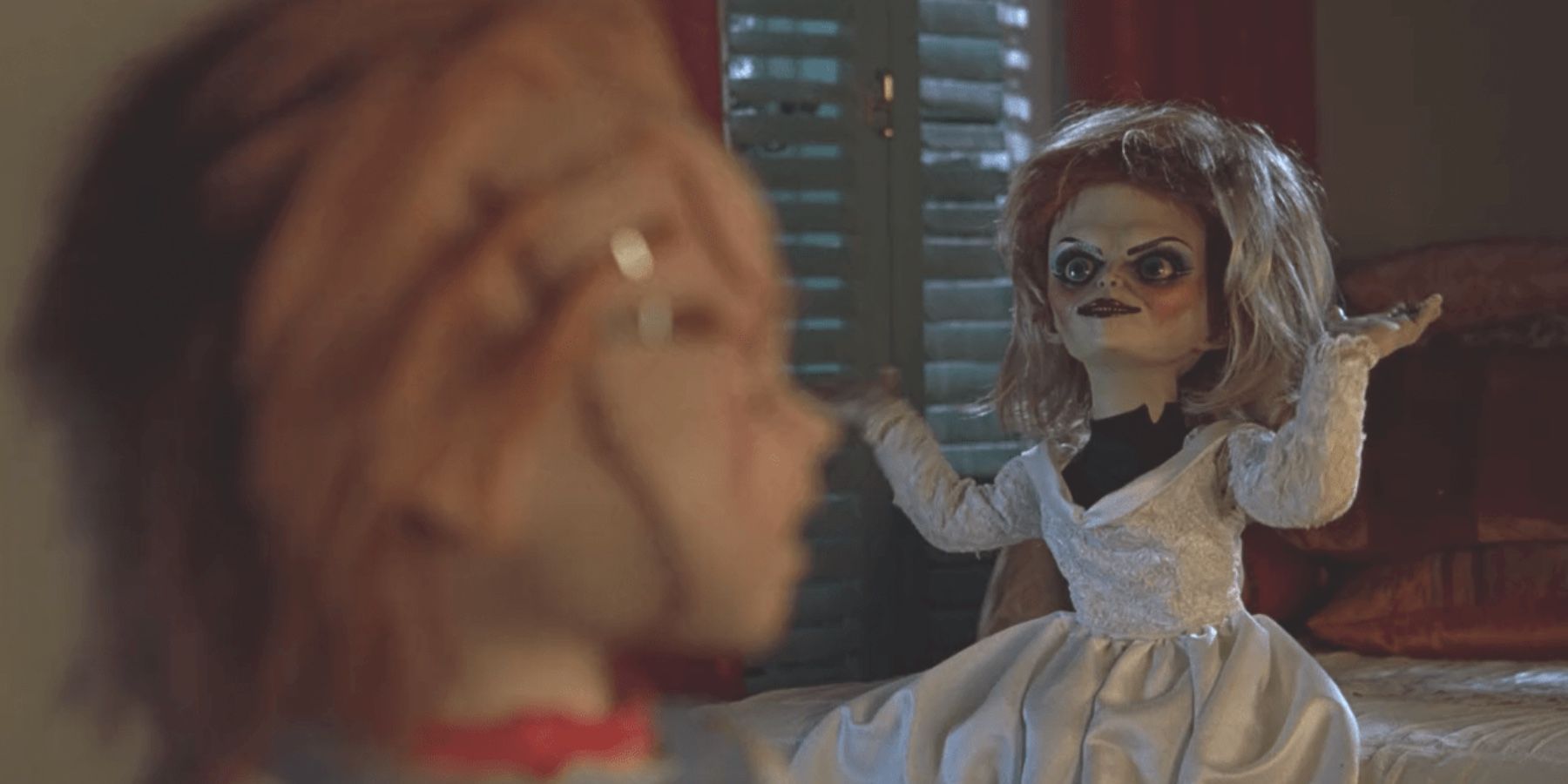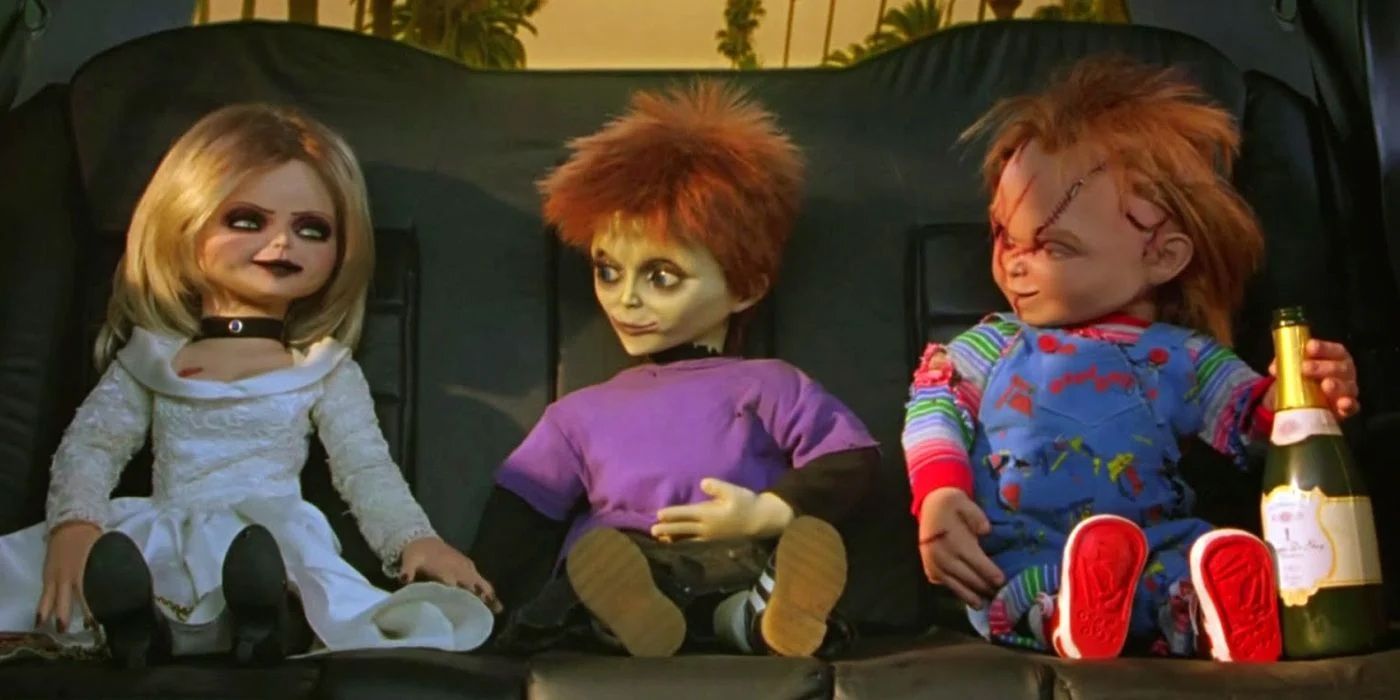When people hear the name “Chucky the doll,” many may think of how he terrified them as a child. Some may think of the blood and gore, other’s Chucky’s dirty mouth; either way, the consensus on Chucky goes one of two ways: you either hate him or love him. What doesn’t come to mind more often is that Seed of Chucky (2004), the fifth installment in the original Child’s Play franchise, was way ahead of its time. Not only was it ahead of time in terms of technology, but it sheds light on important topics such as gender dysphoria.
Child’s Play was released in 1988, scaring children for the next 30+ years. In the original film, a serial killer named Charles Lee Ray (Brad Douriff) uses voodoo to put his dying soul into a Good Guy Doll, an adorable mix between a My Buddy Doll and a Cabbage Patch Kid. With his soul now in the doll, he goes by the name of Chucky.
Whereas the first three films in the franchise were horror and focused heavily on Chucky trying to get his soul into Andy, a young boy who owned the doll, Seed and its precursor, Bride of Chucky (1998), strays away from this. For one, they were way more on the campy/dark comedy subgenre side, and two, Andy was not in any of the films. Tiffany is introduced in Bride of Chucky: Chucky's former lover whose soul is transferred into a doll as well.
In Seed of Chucky, well, one could guess, Chucky and Tiffany have a child: Glen (Billy Boyd), a nervous and confused doll who is trapped living as a ventriloquist dummy in England. Being abused and constantly tormented by his owner, they are locked in a cage every night. One night, Glen sees a preview of Chucky and Tiffany (who are huge celebrities now) promoting their new show Chucky Goes Psycho. Seeing that they both have “Made in Japan” engraved on their arms, Glen takes this as the fact that Chucky and Tiffany are their parents and escapes his tormented life to find them.
When Chucky and Tiffany are introduced to their child, they can’t decide what Glen’s gender is. Tiffany wants a little girl, so she refers to her child as Glenda. Chucky wants a boy with whom he can commit murders with, so he calls him Glen. Right away, Glen is tossed between genders but doesn't really fit into either category. Even creator Don Mancini, who wrote every single film, agrees that his movies were ahead of their time and are, in his words, a “symbol for LGBTQ+ rights,” which he revealed in an interview with Joblo.
To find out what Glen/da's "true" identity is, the couple decides to artificially inseminate Jennifer Tilly (who is also the voice of Tiffany), an actress Tiffany idolizes. According to the killer couple, Tiffany conducts voodoo to get into her body; whichever gender comes out is the gender that Glen/da is. Then, Chucky will transfer his soul into Tilly's chauffeur, and Glen/da into the baby.
Right away, the viewer can see that Glen is not like their murderous parents. They don’t want to kill, and every time they see their parents commit a heinous, brutal murder, they become more and more confused about their identity. They don’t want to be a killer, nor do they know what they want to be at all. When Glen asks their parents why the two of them kill, Tiffany realizes that killing might be wrong and tells Chucky that they must stop killing to set an example for their child.
Chucky denies this right away, making it evident that killing is a “masculine” activity, even taking Glen out for a “boys’ night out,” which is just taking Glen along to watch him demolish people. Aside from this disagreement, Chucky and Tiffany also can’t decide whether they want to stay as dolls or not. Tiffany wants to get into Jennifer Tilly’s soul, but Chucky has decided that he immensely enjoys his infamous title as a killer doll.
Towards the end of the film, both Jennifer and her chauffeur, Stan (Steve Lawton), are tied up to the bed. As Tiffany is preparing to get into Tilly's soul, she and Chucky break out in a fight. Out of nowhere, a doll in a dress appears, killing Tilly’s assistant by burning her on fire. When the doll turns around, they are revealed as “Glenda,” all dressed up with a wig and a face full of makeup. After going on her killing spree, Glenda begins to cry. As Tiffany shakes Glenda, trying to calm them down, she awakes, this time, referring to themselves as Glen.
Glen/da looks perplexed, angry, and rather sad. They reveal that they don’t know what gender they are, but there is one thing for sure: they don’t want to be a killer. Tiffany agrees, suggesting that many people choose not to live as either gender because they don’t feel like they belong to either. Chucky denies this idea, adding to his toxic masculinity. Glen/da then murders Chucky, by chopping off his limbs and head, blood gushing everywhere. Is this possibly a metaphor for murdering this toxic trait?
The film ends with Jennifer Tilly giving birth to two children, a boy and a girl: Glen and Glenda. This whole part does, in a way, completely shatter the non-binary subtext as they split the child into two genders instead of just having a non-binary child, but it was 2004. For the time, it is pretty extraordinary.
Seed of Chucky is a fun, campy horror film, but it would be a lie to say it wasn’t way ahead of its time and does shed light on transgender awareness, gender dysphoria, and maybe, even helped a few people. Awareness of transgender and non-binary identities deserves representation in media, but who would’ve thought it would come from a horror movie about killer dolls?



